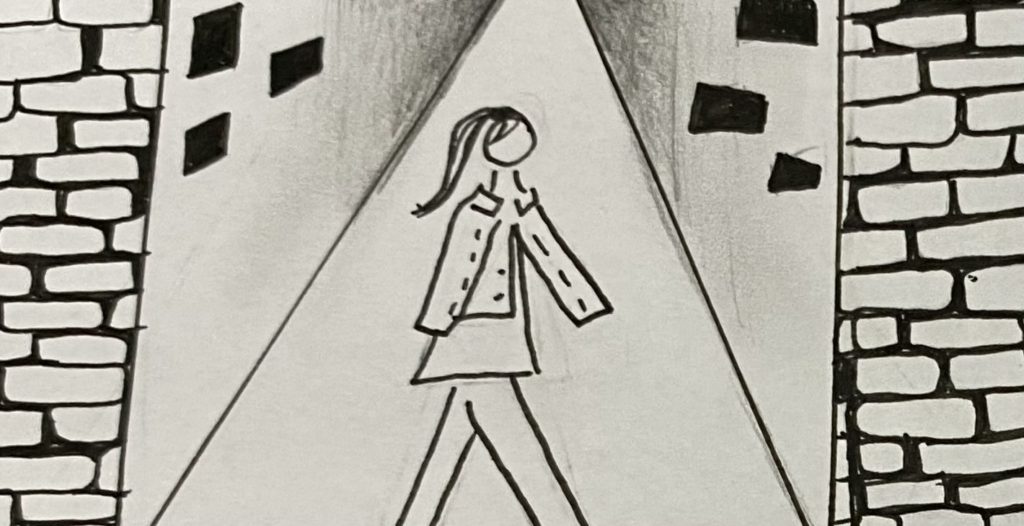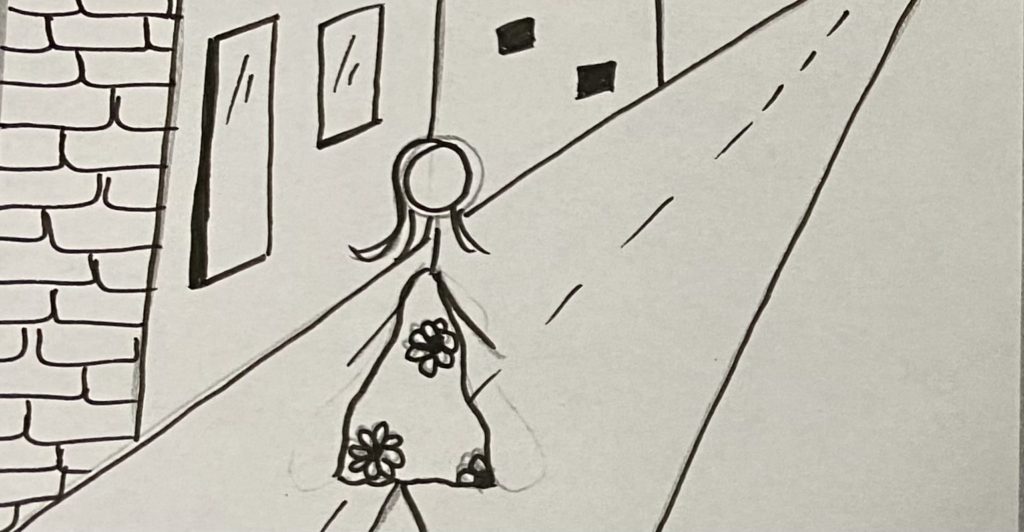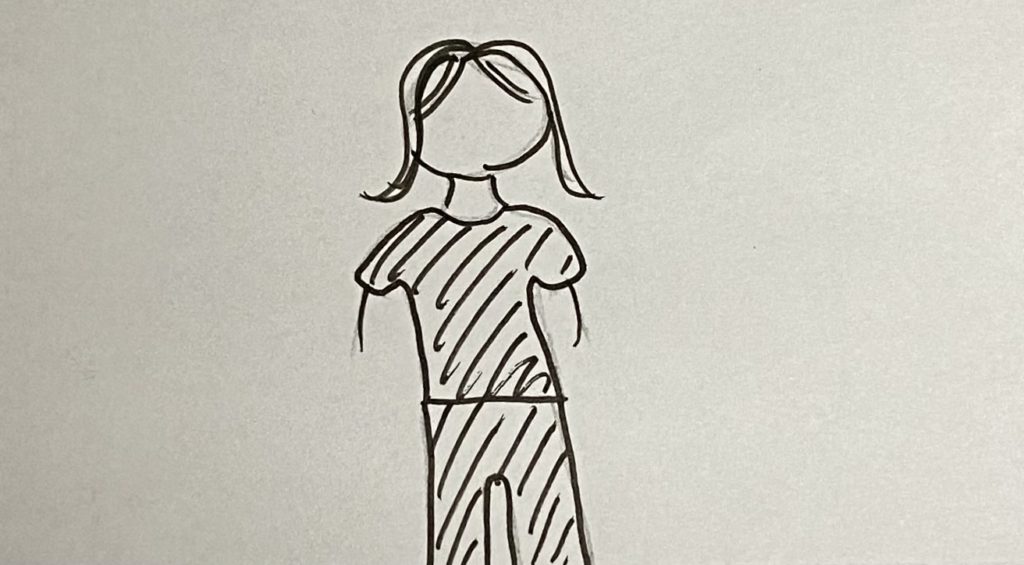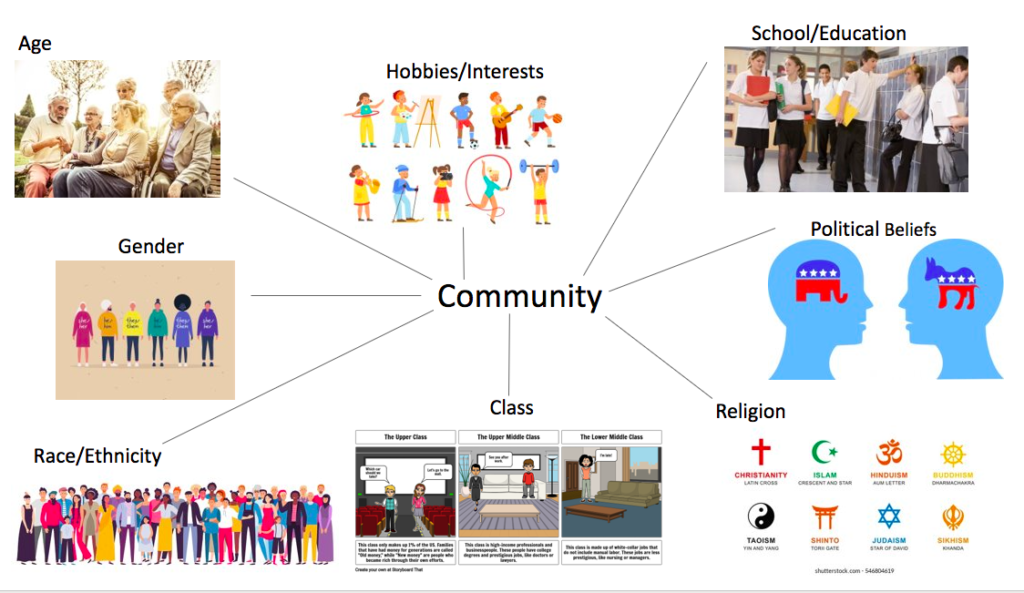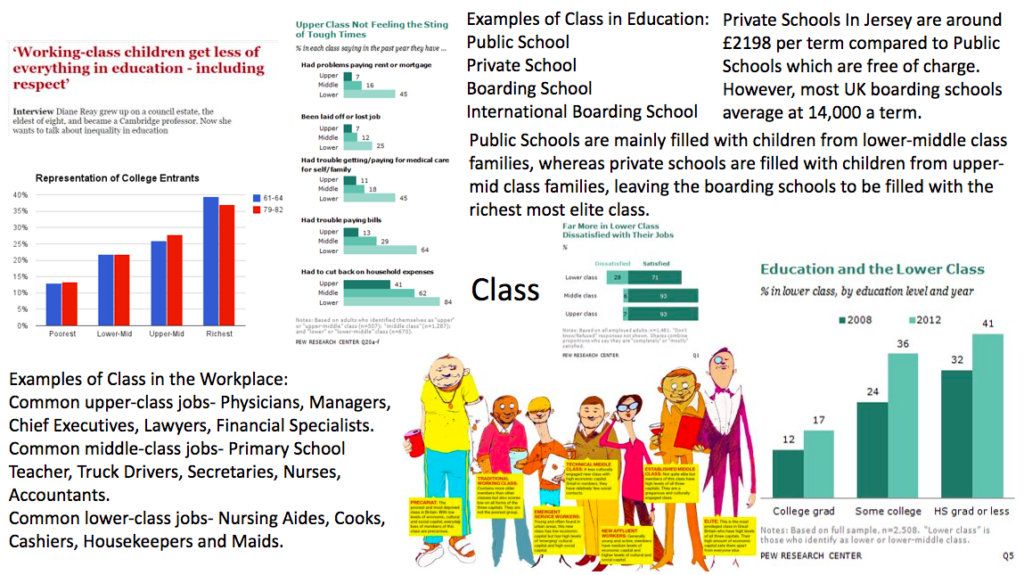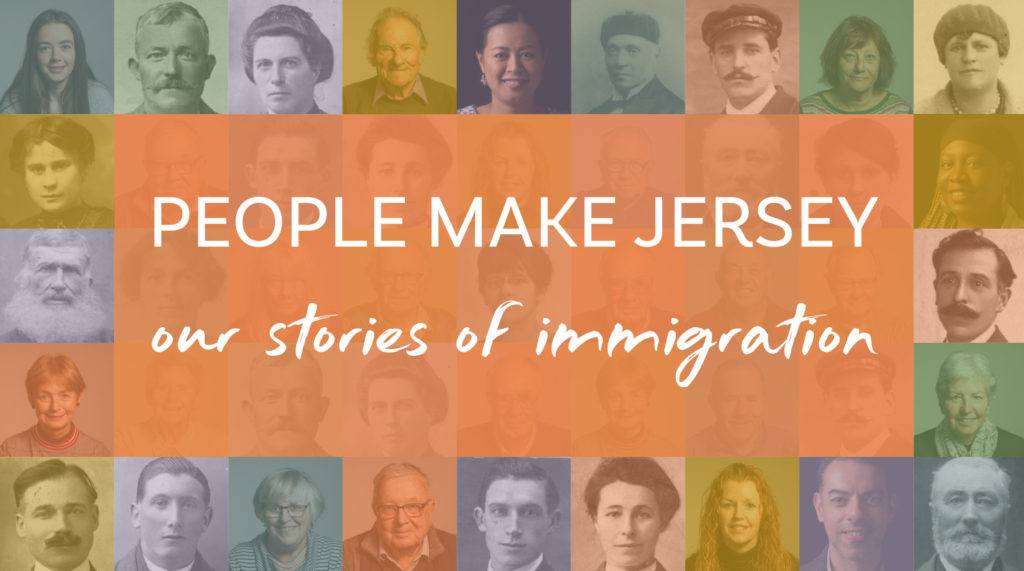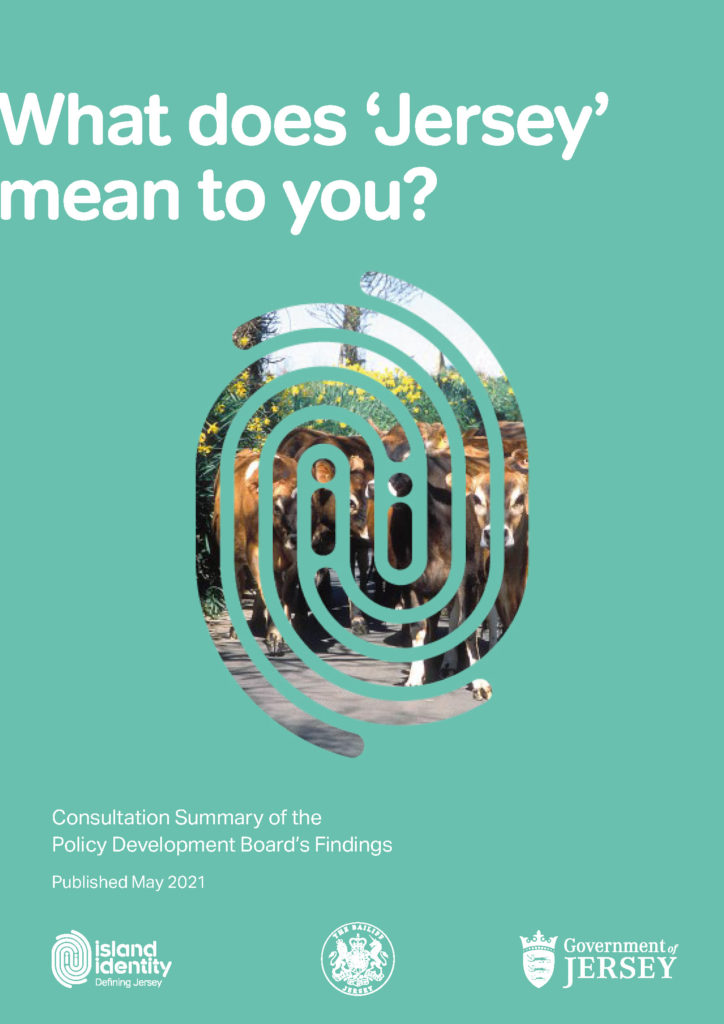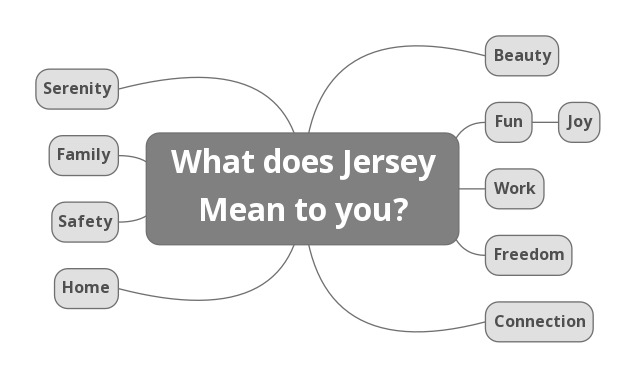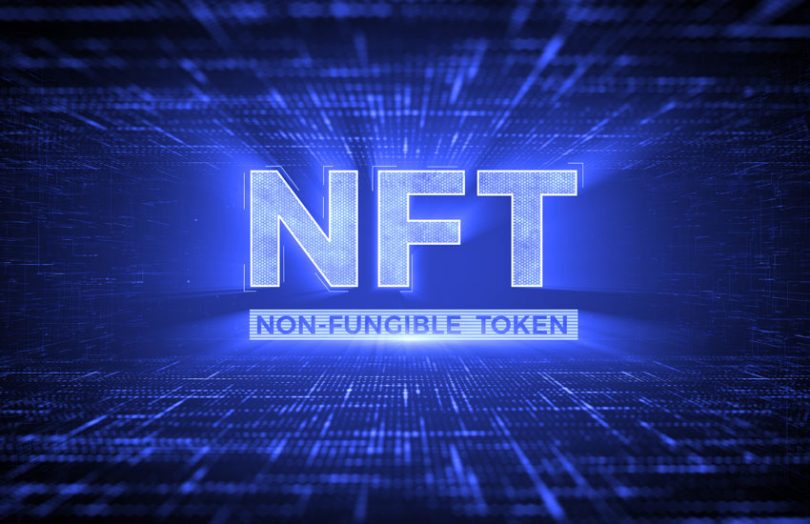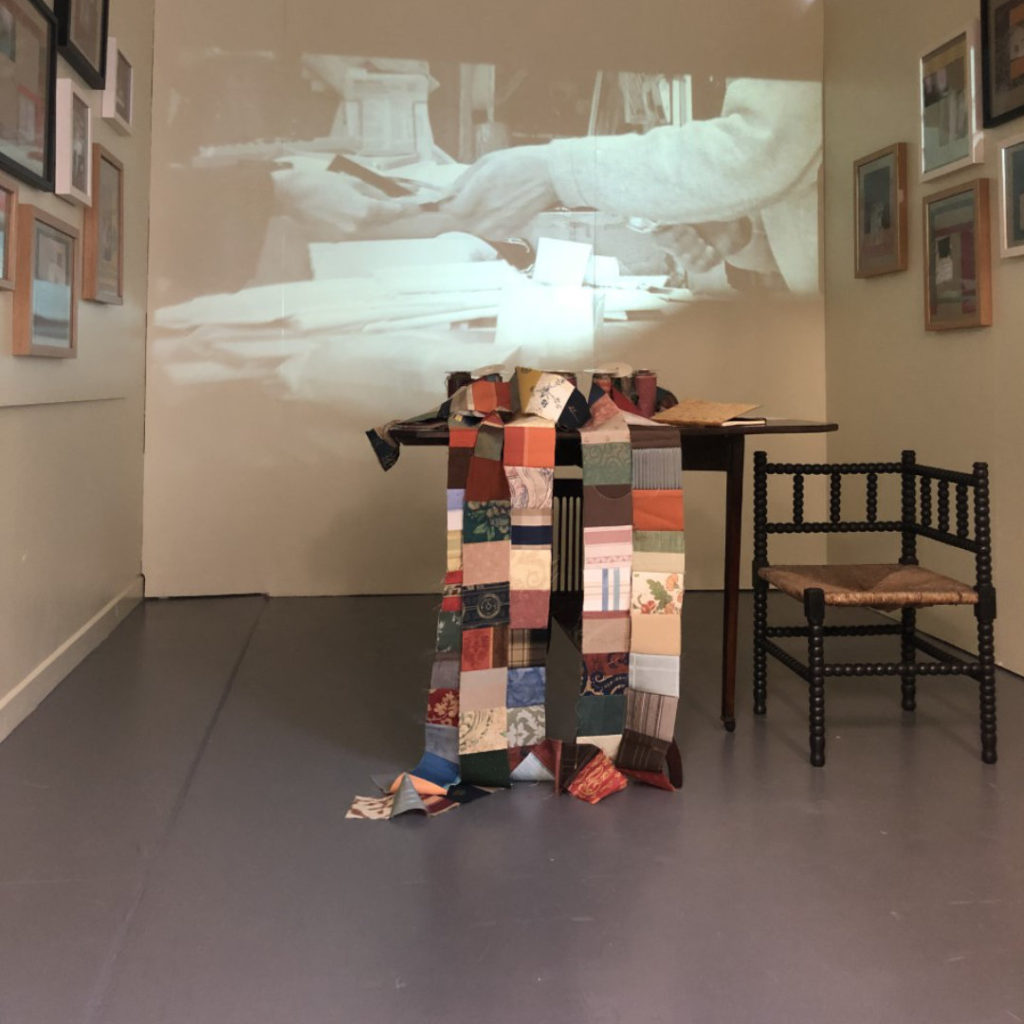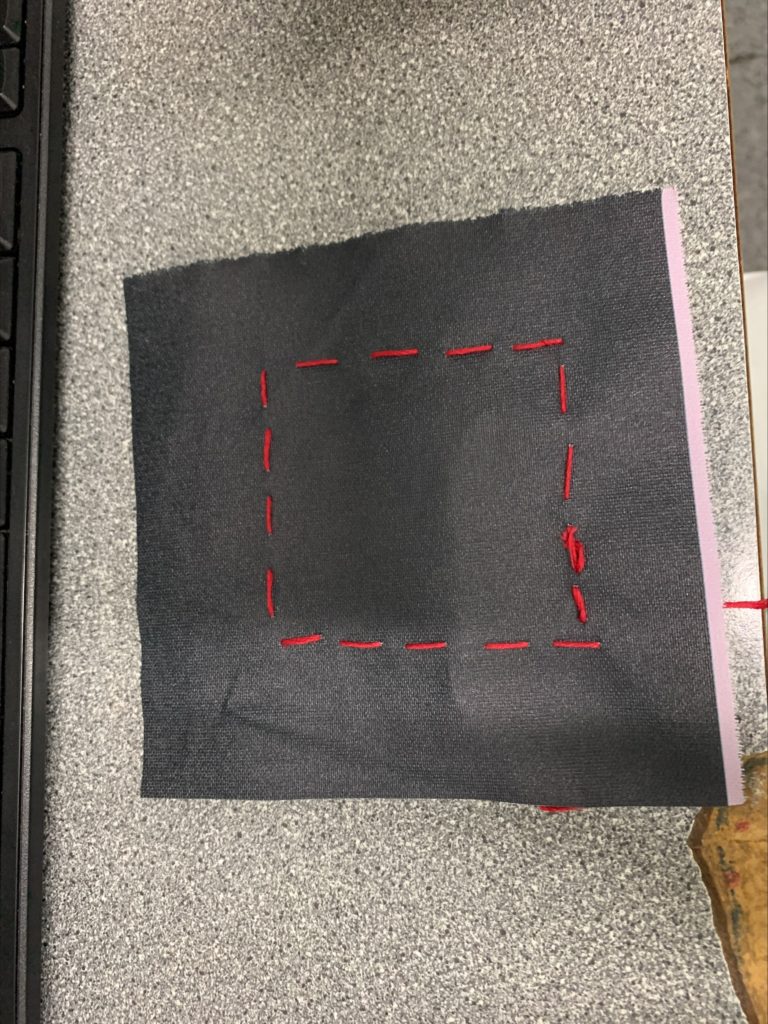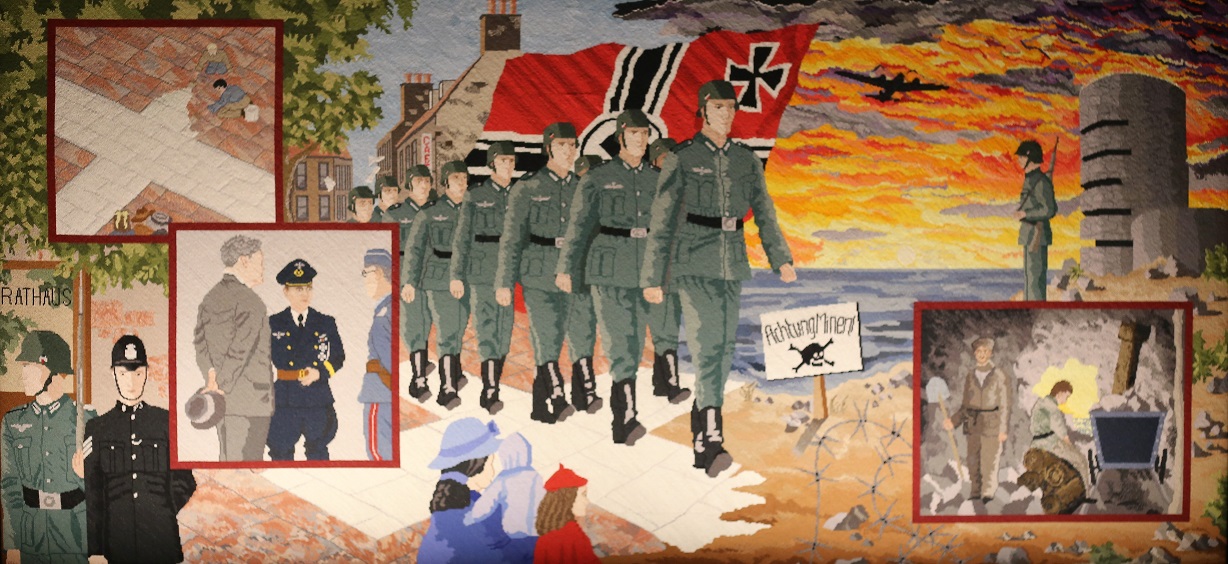Embroidery & Narrative
Embroidery is an art that works with a needle and thread. It works by stitching thread, yarn or other materials through a piece of fabric to create shapes and patterns.
“Photography is art with light, embroidery is art with a needle and thread.” – Julia
Embroidery adds colour, texture, richness and dimensions to express one’s wealth, ethnic, social identity and more.
It may also be used to mend clothing.
Louise Bourgeois
Louise Bourgeois was a French-born sculptor best known for her monumental abstract and frequently biomorphic sculptures that deal with men and women’s interactions. She was born December 25, 1911, in Paris, France, and died May 31, 2010, in New York, New York, United States.
Bourgeois’ early sketches were created to aid her parents in the restoration of antique tapestries. She received her education at the Sorbonne, where she majored in mathematics. She switched her concentration to art at the age of 25, studying at the École des Beaux-Arts, the Académie de la Grande Chaumière, and Fernand Léger’s studio, and in 1938 she married and returned to New York City with her American husband, art historian Robert Goldwater. She started displaying her surrealist paintings and engravings there. She began experimenting with sculptural forms in the late 1940s, making a series of long, slim wooden figures that she displayed single and in groups.
Those were the first of her autobiographical pieces, which were characteristically abstract but emotionally strong. In the decades that followed, she created a number of frequently unnerving settings out of latex and found materials, as well as constructions out of marble, plaster, and glass. Betrayal, anxiety, revenge, obsession, anger, unbalance, and loneliness are among the most common. She frequently revisited subjects, techniques, and forms that had previously piqued her interest. Because she refused to confine her creative output to a single style or medium, she became more difficult to label and remained on the periphery of the art world. She was given a retrospective show at the Museum of Modern Art in New York City in 1982, an honor rarely bestowed on a living artist, and she represented the United States at the Venice Biennale in 1993. She was awarded the Praemium Imperiale medal for sculpture by the Japan Art Association in 1999.
Long into her 90s, the sculptor maintained her vibrancy and originality. She constructed a massive steel-and-marble spider (Maman, 1999) from which six monumental bronze counterparts were cast in 2003, and the bronzes were shown at various locations across the world. Louise Bourgeois: The Spider, The Mistress, and the Tangerine, a documentary, was released in 2008. Her house and studio, as well as a neighboring town house in New York City’s Chelsea neighborhood, were opened to the public in 2016 as a museum commemorating her life and work.
Art analysis
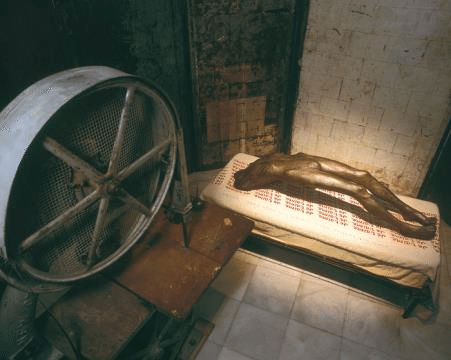
Louise Bourgeois is an artist that implements her own life struggles and thoughts into physical art.
Substance:
This project was clearly created using physical works like wood, linen, thread, metal and more
This artefact is stored in a museum for the public to see.
This is called “Cell of Hysteria” and Louise states that in this exhibition
Composition:
The key focus of the project is obviously the sculpture sort of hovering over the bed which has “Je t’aime” stitched through ought.
The artist has also added an antique sewing machine in this exhibition.
The dominant colours here are grey and red, successfully suggesting dark and gloomy times that have come upon Louise.
Lighting:
In this exhibition, the lighting is set towards the sculpture; powerfully drawing the viewers attention to the dis-membered sculpture.
There are a variety of lighter tones across the model, which provides better illumination for the sculpt to concentrate on, resulting in a precisely exposed cut
Techniques:
Embroidery has evidently been used to stitch the word s “Je t’aime” repeatedly
Atmosphere:
This form makes me feel empathetic because of the following:
the sculpture is dis-membered. This suggests that Louise is slowly getting rid of a memory of someone, considering the bump on the carve we can powerfully see that she’s attempting to “kill” the memory of a man. I know this because she repeatedly has called herself the murderer for this exhibition.
Also, “Je t’aime” is repeatedly stitched throughout the bed in which the sculpture is lying powerfully suggesting that the memory of this man (her husband who passed away) is killing slowly killing/ hurting her, nonetheless she still loves her husband. This is suggested by the fact the sculpture is only missing bits of its body like head, arms, and feet successfully showing the slow “murderous” process of getting rid of a memory.
Response:
For my own experimentation
Additional Inspiration
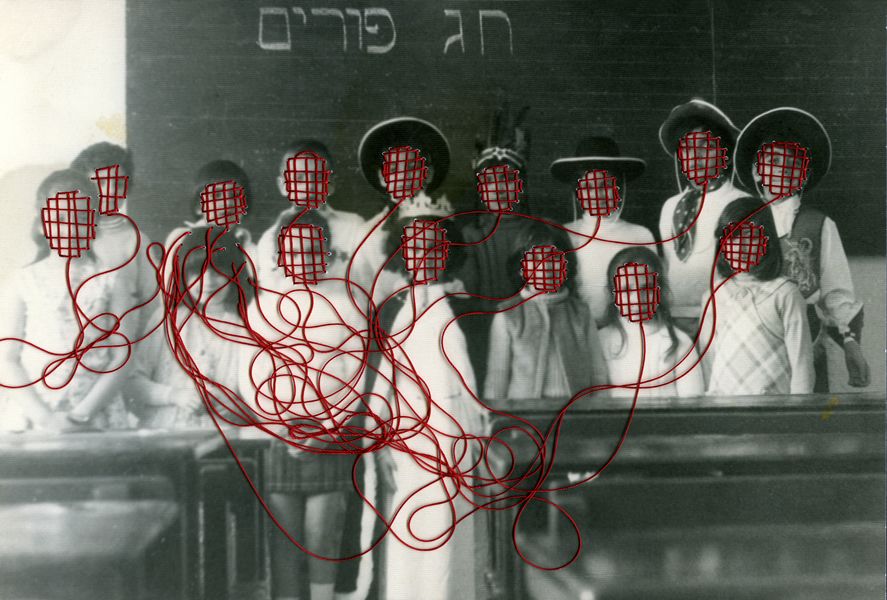
Carolle Benitah
Own experimentation

For my own embroidery creation, I have been inspired by Louise in terms of; using my own struggles and life experiences and implementing them in to a physical art work.
For example:
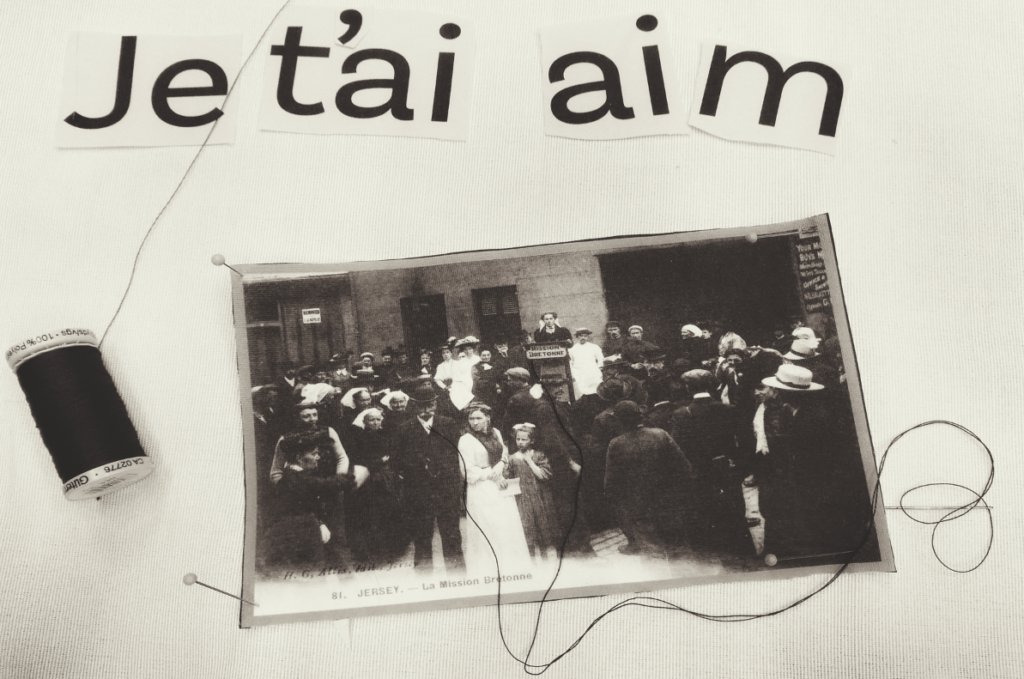
The words “Je t’ai aim” suggests that an event happened in a love story and all you want to say is “I loved you” but you can’t get yourself to finish the phrase because there are lots of people around, a lot of opinions, thoughts and worries.





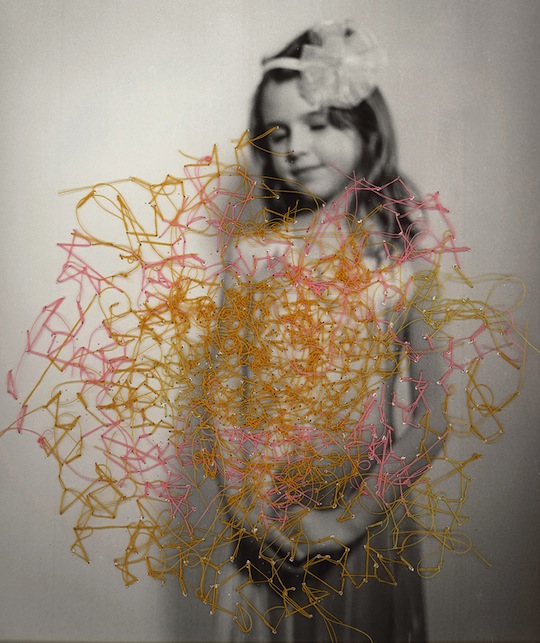


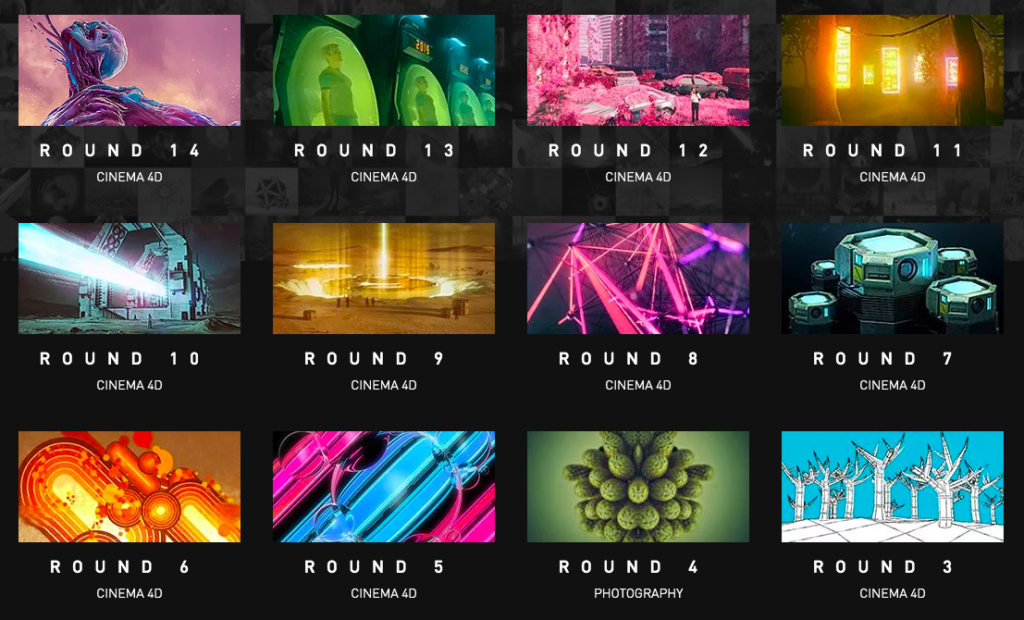
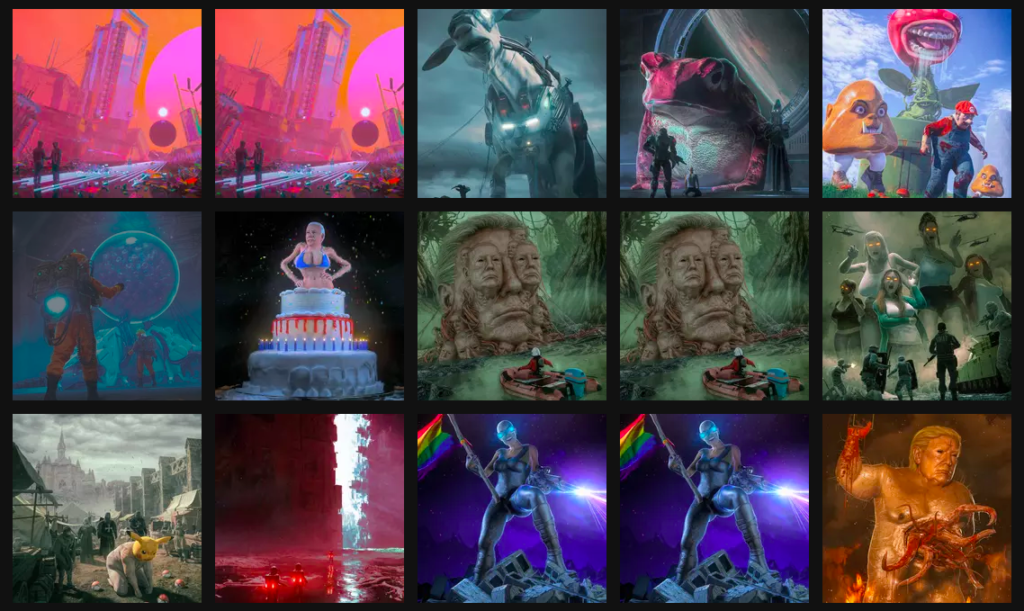
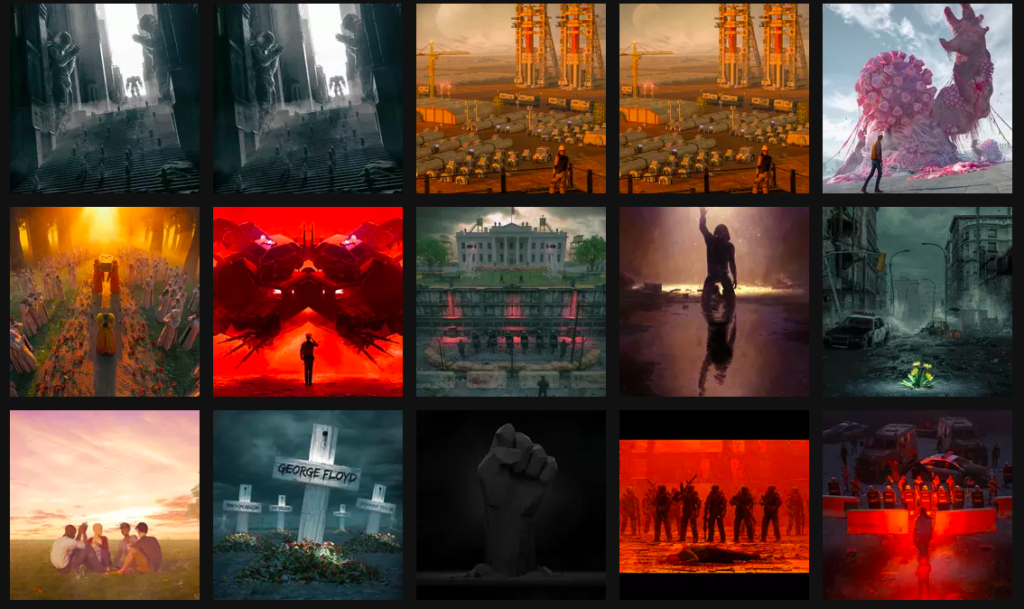
:no_upscale()/cdn.vox-cdn.com/uploads/chorus_image/image/68948366/2021_NYR_20447_0001_001_beeple_everydays_the_first_5000_days034733_.0.jpg)

